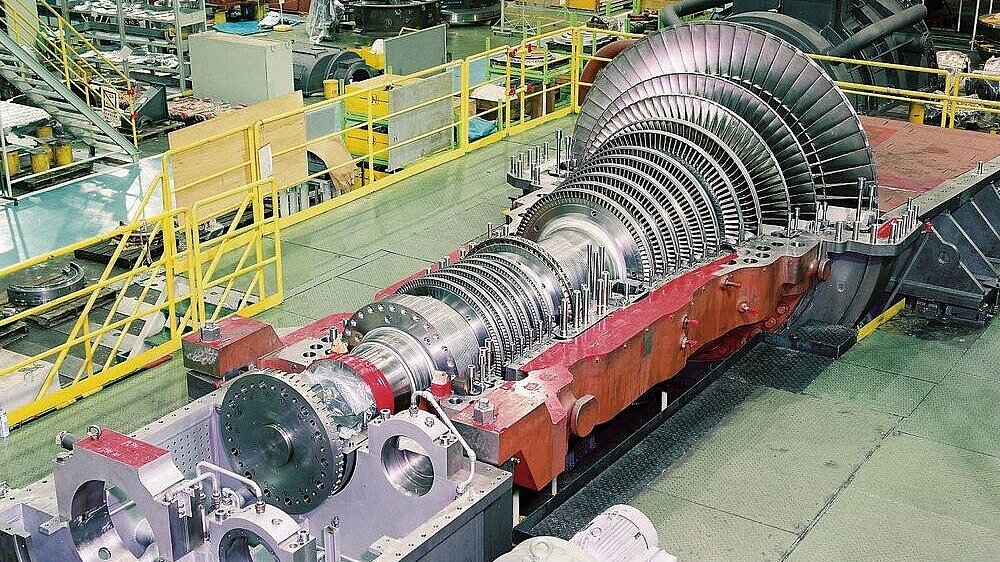
Japanese consortium pushing for LNG carrier upgrades

Once cutting-edge, LNG steam turbines are now set for phasing out (Source: MHI)
NYK Line, Namura Shipbuilding and Sasebo Heavy Industries are launching a joint initiative for the conversion of steam-turbine LNG carriers to more fuel-efficient X-DF dual-fuel diesel engines.
There are around 250 LNG carriers still using around 0.15% of daily boil-off gas as their main propulsion. These use boilers, with an efficiency of around 30% or lower, combined with a steam turbine.
Diesel main engines, however, have benefited from various efficiency improvements over the decades, such as two-stage turbocharging, bringing their thermal efficiency up above 40% and even 45% in some cases. Re-liquefaction plants fitted to modern LNG carriers can convert boil-off methane back into liquid form, meaning that the boil-off rate is considerably lower, at 0.07%.
Technologically advanced and built to rigorous standards, the lifespan of LNG carriers is longer than other vessel types, at between 35 and 40 years.
Rather than replacing perfectly usable LNG carrier tonnage, then, shipowners are more likely to consider retrofits – especially at a time when newbuilding capacity is constrained.
“The Moss-type LNG tanks installed on steam turbine-driven LNG carriers are durable and can withstand long-term use. Therefore, in addition to improving fuel economic performance, the engine replacement contributes to an efficient use of the ship's resources,” NYK said in a statement.
